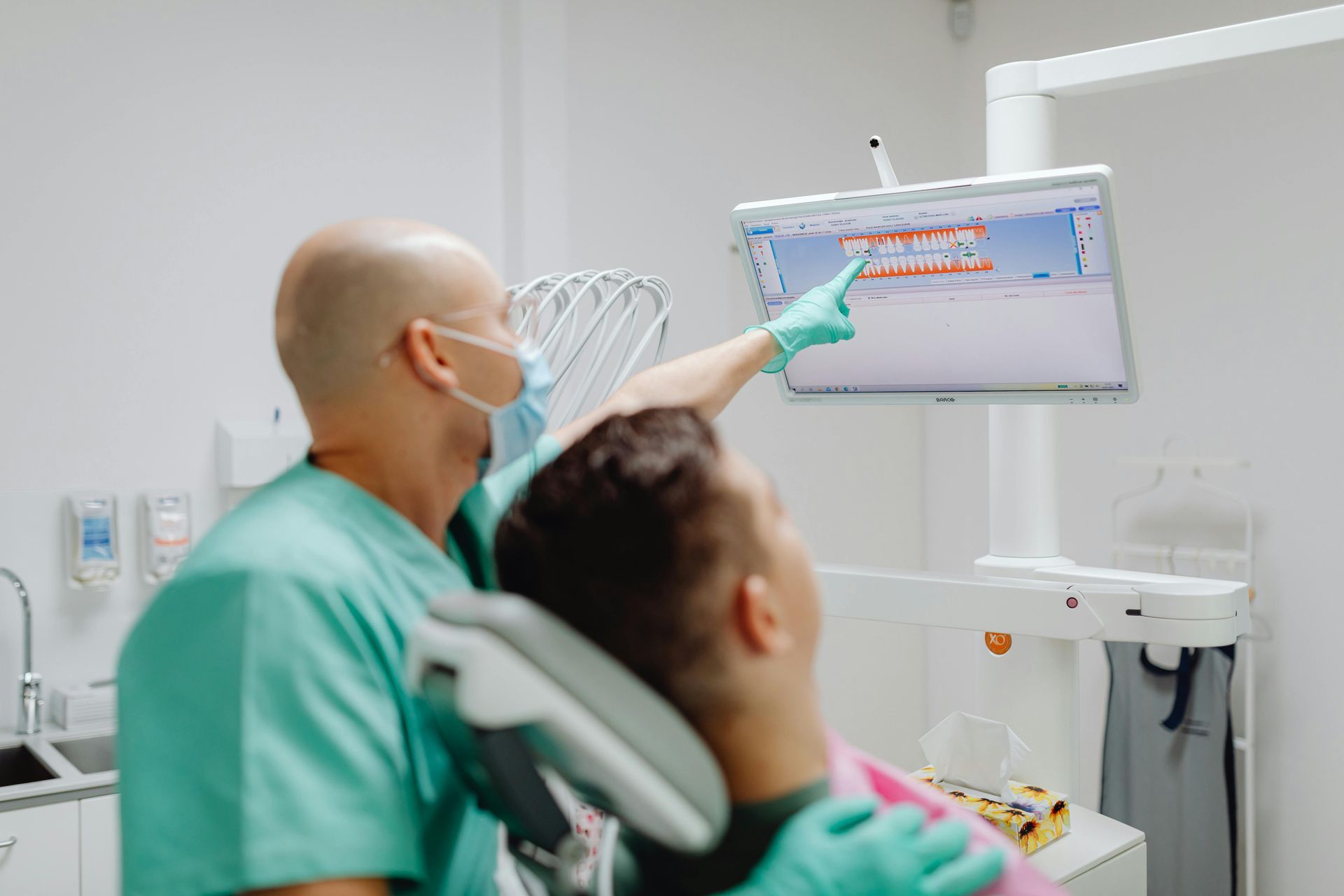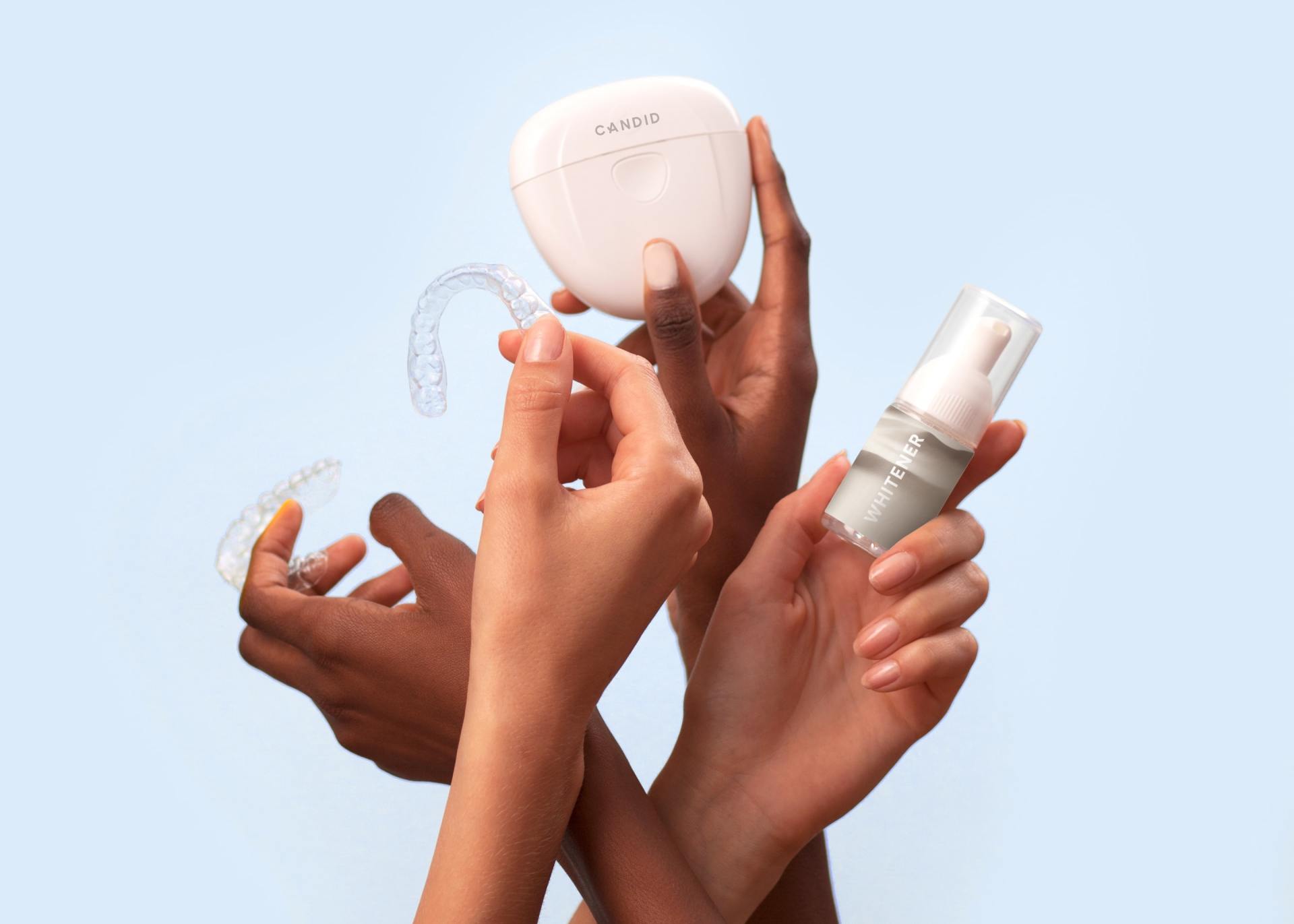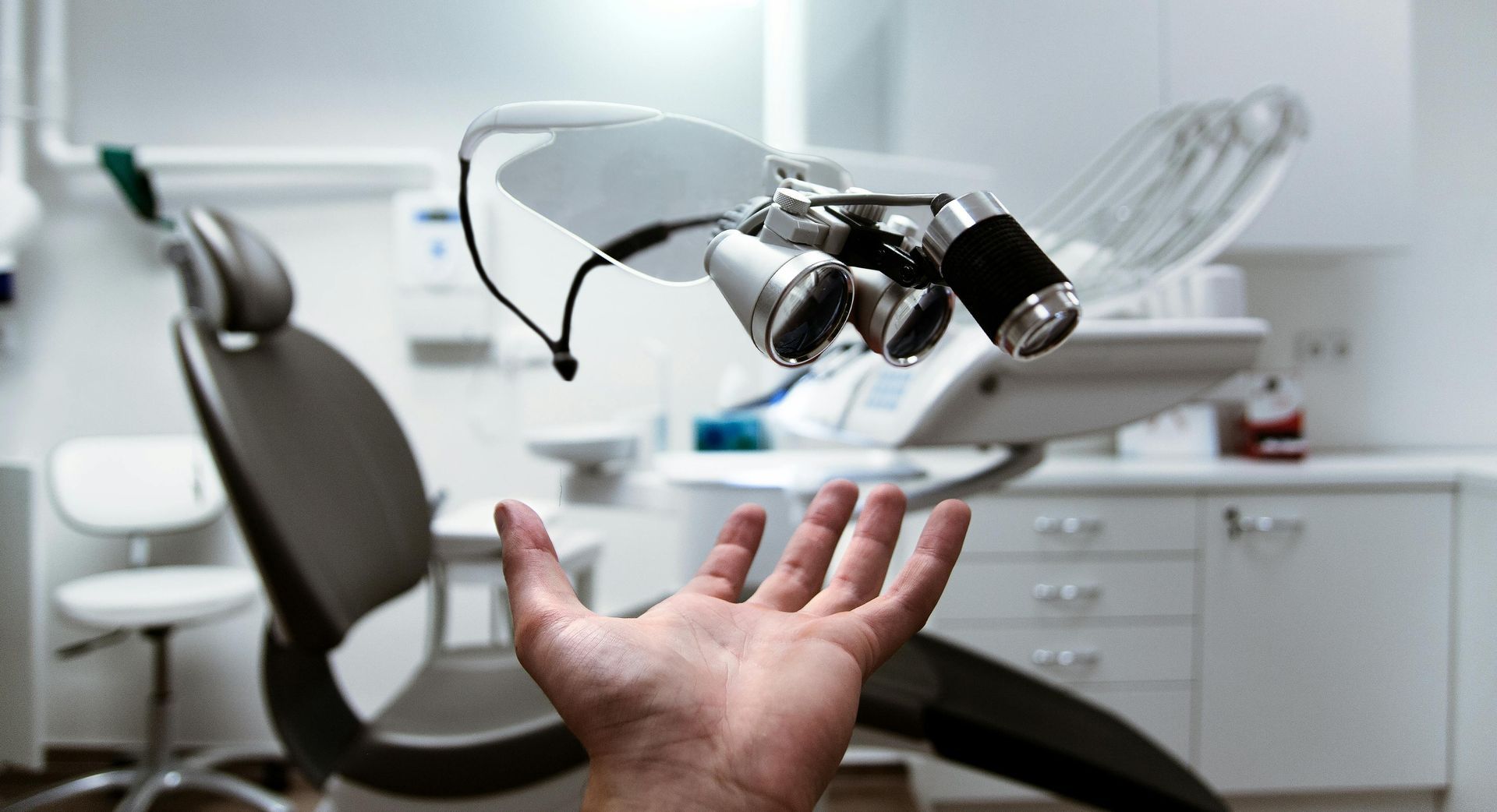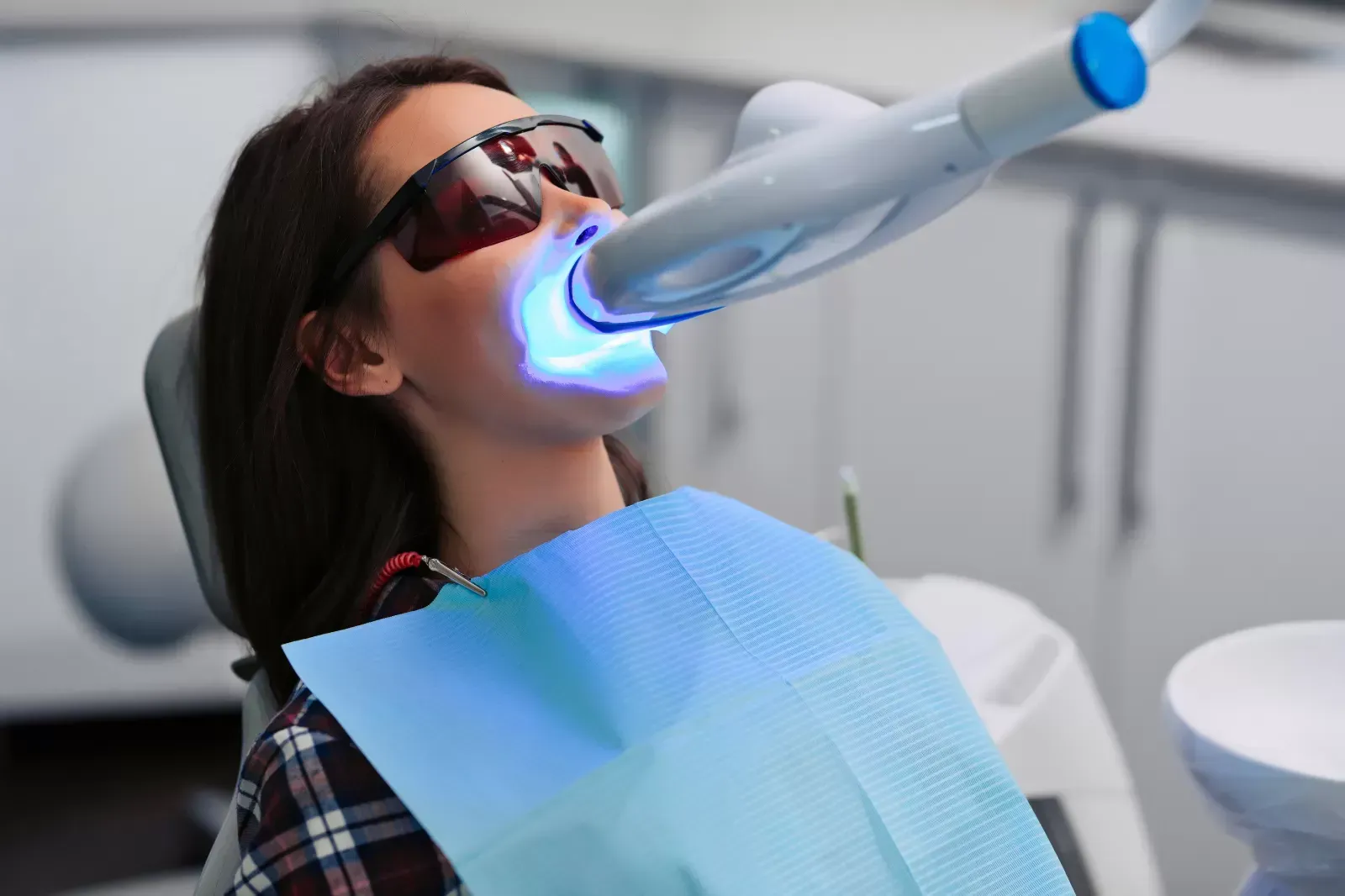Navigating the Toothbrush Aisle: How to Pick the Perfect Brush
Understand your oral health needs
When choosing a toothbrush, it's paramount to consider your specific oral health needs. Different mouths require different types of toothbrushes.
- Gum Sensitivity and Tooth Decay: If you have sensitive gums or are prone to tooth decay, a soft-bristled toothbrush is recommended. It can clean effectively without causing further irritation or abrasion to your teeth or gums.
- Tooth Surface and Braces: For those with braces or with irregular tooth surfaces, a toothbrush with a smaller head may be beneficial as it can reach and clean those difficult areas more effectively.
- Powered vs. Manual Brushes: While both electric and manual toothbrushes can equally maintain oral health if used properly, some may prefer electric toothbrushes. They often come with built-in timers to ensure adequate brushing time and can be particularly helpful for those with arthritis or dexterity concerns.
- Gum Disease: If you have a history of gum disease, consider a toothbrush with soft bristles and a round-tipped bristle design. Some powered toothbrush options also offer modes designed for gentle cleaning along the gumline.
Remember to replace your toothbrush or toothbrush head every three to four months or sooner if the bristles are visibly worn. Seek a toothbrush that has earned a seal of approval from a reputable dental health organization, verifying its efficacy and safety.
Decide between electric and manual toothbrushes
Choosing between electric and manual toothbrushes comes down to personal preference and specific oral health needs. Here's a brief comparison:
Electric Toothbrushes:
- Often have built-in timers to ensure proper brushing duration.
- Can be more effective at reducing plaque and gingivitis, according to some studies.
- May be easier for people with limited manual dexterity.
- Powered toothbrush heads provide varying modes and intensities.
- Generally more expensive than manual brushes.
Manual Toothbrushes:
- Allow full control over the pressure and speed of brushing.
- Typically cheaper and easier to travel with compared to electric options.
- No need for charging or battery replacements.
- Can be equally effective if used with proper brushing techniques.
Ultimately, both types of toothbrushes can maintain oral health if used correctly. dentists recommend soft bristles for both manual and electric brush options to prevent damage to the tooth surface and gums. Look for a toothbrush with a seal of approval from dental organizations to ensure quality, and remember to replace your toothbrush or toothbrush head every three to four months or when bristles become worn. For sensitive teeth or gum disease, consult a dental professional for advice on the best toothbrush for your needs.
Determine the appropriate bristle softness
When determining the appropriate bristle softness for your toothbrush, there are several factors to consider, as the right choice can significantly impact your oral health. Generally, dentists recommend soft bristles for most people because they are gentle on the gums and tooth surface, helping to prevent enamel wear and gum disease.
Key Considerations for Bristle Softness:
- Sensitive Teeth: Individuals with sensitive teeth should opt for soft-bristled toothbrushes to avoid irritation.
- Gum Health: If you are prone to gum disease or have tender gums, soft bristles can help protect your gums from damage.
- Proper Brushing Techniques: Regardless of the bristle softness, using proper brushing techniques is essential to maintain oral health.
- Replacement Frequency: Replace any toothbrush, regardless of bristle type, every three to four months or when bristles are frayed.
It is always advisable to consult with your dentist to determine the best type of toothbrush bristles for your specific oral care routine.
Choose the right head size for your mouth
Choosing the correct toothbrush head size is crucial for maintaining optimal oral health. A toothbrush head that's too large can be cumbersome, making it challenging to maneuver around hard-to-reach areas, like the back molars. Conversely, a head that's too small may be inefficient in covering enough tooth surface, ultimately impacting the thoroughness of your brushing routine.
Ideal toothbrush head dimensions should be approximately one inch tall and half an inch wide. This size is generally suitable for most adults, allowing access to all areas of the mouth effectively. With this size, you can comfortably brush two to three teeth at a time.
For children or individuals with smaller mouths, consider a compact head size to ensure a comfortable fit and to prevent gagging or discomfort while brushing. The toothbrush head should be able to easily reach the sides and the back of the mouth without strain.
Lastly, when examining different toothbrush options, make sure the toothbrush head allows for proper brushing techniques—whether using a manual brush or an electric brush—and promotes a comprehensive oral care routine. Remember, a well-chosen toothbrush head can significantly contribute to preventing tooth decay and gum disease.
Explore specialized options for specific needs
Finding the right toothbrush is crucial for maintaining dental hygiene, but sometimes standard toothbrushes don’t meet everyone's unique oral health requirements. To address specific dental needs, various specialized toothbrush options are available on the market. These include brushes designed for braces, sensitive teeth, and children, each crafted to cater to particular concerns or conditions. When selecting a toothbrush, consider any special oral care needs you may have to ensure you choose the most effective and comfortable option.
Orthodontic toothbrushes for braces
People with braces face unique challenges in maintaining their oral hygiene. Orthodontic toothbrushes are specially designed to clean around and in between brackets and wires. These toothbrushes often have V-shaped bristles to fit around the braces structure. The design ensures that all parts of the tooth surface are reached and that plaque is effectively removed without damaging the orthodontic equipment. Some orthodontic toothbrush options include:
- Brushes with longer, narrow heads that can easily reach behind the braces.
- Interdental brushes to help clean the spaces between teeth and metalwork.
- Powered toothbrushes with orthodontic brush heads, offering a more comprehensive clean through oscillating or vibrating bristle actions.
Toothbrushes for sensitive teeth
Choosing the right toothbrush is crucial for those with sensitive teeth to avoid discomfort and maintain optimal oral health. Here's what to look for:
- Soft Bristles: Aim for a toothbrush with soft bristles, as they are gentle on sensitive gums and tooth enamel, reducing the risk of irritation.
- Small Brush Head: A small brush head allows for easier access to all areas of the mouth, ensuring thorough cleaning without causing pain.
- Non-slip Grip: A comfortable, non-slip handle provides better control while brushing, which is essential for sensitive teeth to prevent excessive pressure.
- Type of Toothbrush: Both manual and electric toothbrushes can be suitable for sensitive teeth. Electric toothbrushes often come with features like pressure sensors and a built-in timer to promote gentle, timed brushing.
- Seal of Approval: Look for a toothbrush with a dental association's seal of approval to ensure it meets the required standards for safety and efficacy.
- Proper Brushing Techniques: Regardless of the toothbrush selected, use gentle, circular motions to clean the teeth and avoid aggressive brushing, which can lead to further sensitivity and damage.
Look for the ADA Seal of Acceptance
When navigating the wide array of toothbrush options, a key indicator of a proper toothbrush is the ADA (American Dental Association) Seal of Acceptance. This seal acts as a standard of quality for dental health products. Products earning this seal have been rigorously tested for safety and efficacy.
To ensure that a toothbrush meets the necessary oral health standards, check for the ADA Seal on the packaging. The ADA looks at a variety of factors, including the safety of the toothbrush bristles—they should not fall out with normal use, damage the teeth, or injure the gums. The handle's durability, the efficacy in reducing plaque and gum disease, and even the absence of sharp or jagged edges are all scrutinized.
Remember, this seal isn't exclusive to manual toothbrushes; both manual and electric toothbrushes can earn this recognition. In essence, choosing an ADA-approved toothbrush is choosing one that's been independently evaluated to ensure it will both clean effectively and promote a healthy oral care routine.So, when considering a new toothbrush, looking for the ADA Seal of Acceptance is one of the most reliable steps you can take to protect and maintain your oral hygiene.
Consider ergonomic handle designs for comfort
When selecting the ideal toothbrush, considering ergonomic handle designs can greatly enhance comfort during your oral hygiene routine. Ergonomic handles are crafted to fit more comfortably in your hand, which can significantly improve the ease and effectiveness of your brushing technique. A non-slip grip feature is often included, which is especially useful for those with limited dexterity or children learning to brush independently.
It is important to look for a toothbrush with a handle that is neither too big nor too small for your hand, as a well-fitting handle can help prevent excessive pressure that might lead to gum disease or tooth surface damage. Moreover, a toothbrush with a properly designed handle can facilitate the correct angle for brushing, promoting cleaner teeth and healthier gums.
Here are key features to look for in ergonomic toothbrush handles:
- Non-slip grip
- Contoured shape that fits your hand comfortably
- Easy maneuverability for proper brushing techniques
- Lightweight design to minimize hand fatigue
Good handle design ultimately supports overall dental health by encouraging proper toothbrush use and aiding in the prevention of tooth decay and sensitive teeth.
Maintenance tips for prolonging your toothbrush life
Maintaining the lifespan of your toothbrush is essential for ensuring effective oral care. Whether you use a manual or electric toothbrush, here are some straightforward tips to prolong its life:
- Rinse Thoroughly: Always rinse your toothbrush with water after use to remove toothpaste and debris. This prevents the buildup of bacteria.
- Keep it Dry: Store your toothbrush in an upright position and allow it to air-dry. Moist environments can breed bacteria, so avoid covering the toothbrush head or keeping it in closed containers for long periods.
- Separate from Others: If you store multiple toothbrushes together, make sure they don't touch. This helps prevent cross-contamination.
- Don’t Share: Sharing a toothbrush can spread germs, leading to infections and compromising oral health.
- Gentle Use: Do not press too hard while brushing. This can damage bristles making them less effective.
- Regular Replacement: Replace your toothbrush every 3-4 months, or sooner if the bristles are frayed. A worn toothbrush doesn't clean effectively.
By following these simple maintenance tips, you can ensure your toothbrush remains hygienic and functional, contributing to an effective oral hygiene routine.
Get recommendations from your dentist
When selecting a toothbrush, it's essential to consider the advice of dental health professionals. Dentists can provide individualized recommendations based on your specific oral health needs, taking into account factors like tooth sensitivity, gum health, and any dental work you may have. Your dentist's guidance is particularly valuable in navigating the vast array of toothbrush options available, from manual to electric toothbrushes, various bristle types, and sizes.
Consulting your dentist can lead to a better understanding of the suitable toothbrush head size, which should typically be a half-inch wide and one inch tall for optimal access to all areas of the mouth. They can also advise on the best type of bristles; often, a soft-bristled toothbrush is recommended to prevent potential damage to tooth enamel and gum tissue.
Remember, a proper toothbrush is a powerful ally against gum disease, tooth decay, and maintaining overall dental health. Follow your dentist's expert advice to integrate the best toothbrush into your daily oral care routine.
At Don River Dental we give you the best tips . If you are experiencing any symptoms or pain please feel free to call us at (416) 901 - 9292 and someone from our team will be happy to answer any questions and schedule an appointment as soon as possible. We offer safe soothing dentistry in North York.

